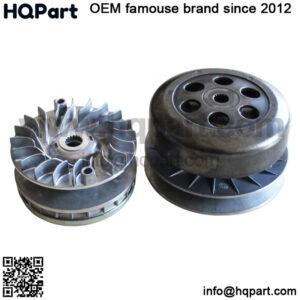The Complete Buyer’s Guide to 28 Degree Rear Driven Clutch for EZGO Gas Golf Carts (1991-2009) – OEM Replacement & Performance Upgrade
The Complete Buyer’s Guide to 28 Degree Rear Driven Clutch for EZGO Gas Golf Carts (1991-2009) – OEM Replacement & Performance Upgrade Introduction For golf cart

